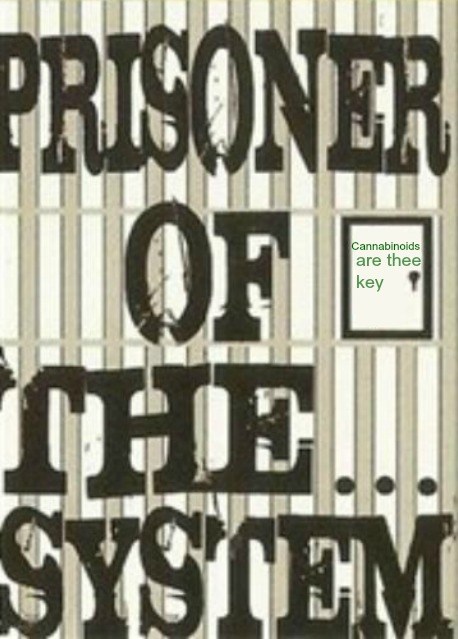Central functional response to the novel peptide cannabinoid, hemopressin.
Central functional response to the novel peptide cannabinoid, hemopressin.
Source
Faculty of Life Sciences, University of Manchester, Oxford Road, Manchester, M13 9PT, UK.
Abstract
Hemopressin is the first peptide ligand to be described for the CB1 cannabinoid receptor. Hemopressin acts as an inverse agonist in vivo and can cross the blood-brain barrier to both inhibit appetite and induce antinociception. Despite being highly effective, synthetic CB1 inverse agonists are limited therapeutically due to unwanted, over dampening of central reward pathways. However, hemopressin appears to have its effect on appetite by affecting satiety rather than reward, suggesting an alternative mode of action which might avoid adverse side effects. Here, to resolve the neuronal circuitry mediating hemopressin’s actions, we have combined blood-oxygen-level-dependent, pharmacological-challenge magnetic resonance imaging with c-Fos functional activity mapping to compare brain regions responsive to systemic administration of hemopressin and the synthetic CB1 inverse agonist, AM251. Using these complementary methods, we demonstrate that hemopressin activates distinct neuronal substrates within the brain, focused mainly on the feeding-related circuits of the mediobasal hypothalamus and in nociceptive regions of the periaqueductal grey (PAG) and dorsal raphe (DR). In contrast to AM251, there is a distinct lack of activation of the brain reward centres, such as the ventral tegmental area, nucleus accumbens and orbitofrontal cortex, which normally form a functional activity signature for the central action of synthetic CB1 receptor inverse agonists. Thus, hemopressin modulates the function of key feeding-related brain nuclei of the mediobasal hypothalamus, and descending pain pathways of the PAG and DR, and not higher limbic structures. Thus, hemopressin may offer behaviourally selective effects on nociception and appetite, without engaging reward pathways.
Copyright © 2013. Published by Elsevier Ltd.
- PMID:
23542442
[PubMed – as supplied by publisher]

http://www.ncbi.nlm.nih.gov/pubmed/23542442

